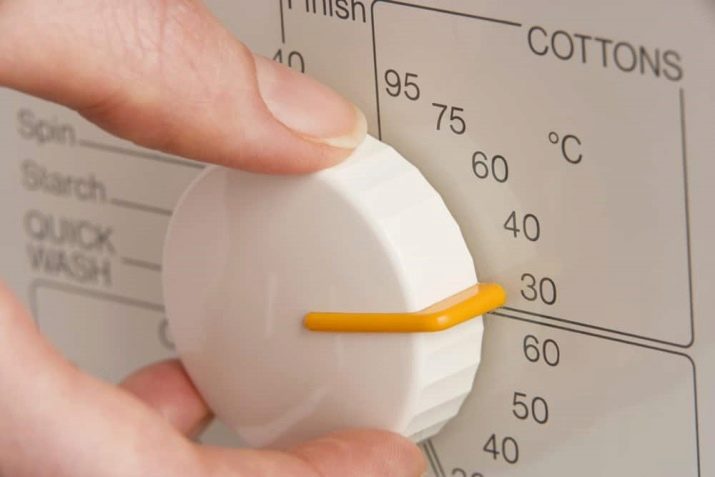All about diving fabric
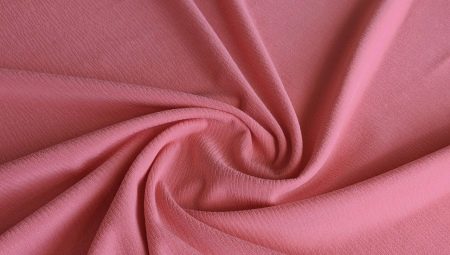
Many materials are used to make clothing today. Some of them have been popular for several centuries, while others have only recently come into use. Many people associate a material called "diving" with suits for diving under water, but this fabric has more than just such a purpose.
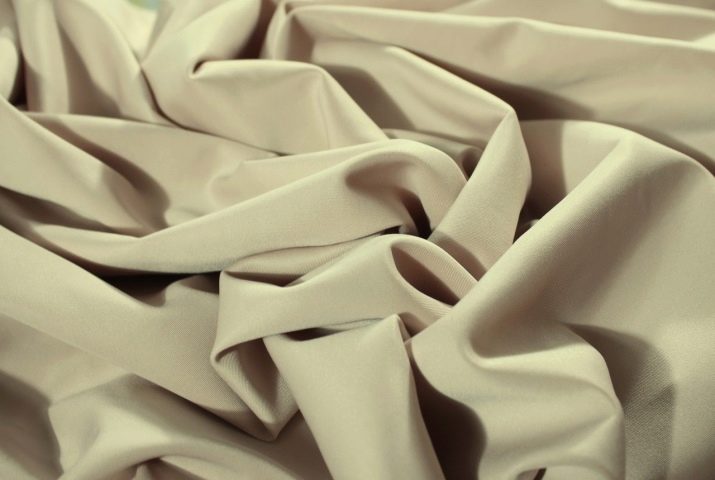
general description
The history of "diving" began in 1959, when the American chemist Shivers discovered the concept of elastic fibers. The idea was picked up by many specialists, based on their works, the fabric was created. Initially, it was used for sewing sports products, tourist equipment, but relatively recently, "diving" began to be used for making everyday outfits.
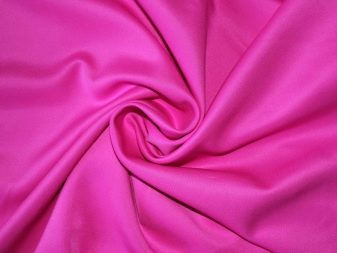

"Diving" is one of the varieties of knitted fabric... Most of the composition of the material is viscose - 65% here. Viscose fibers are obtained from valuable wood species. They ensure the breathability of the material, and it is thanks to them that the finished fabric has an attractive matte sheen. In addition to viscose, the "diving" contains 30% polyester. This element is responsible for maintaining the shape of the material. The 5% Lycra content gives the fabric elasticity and protects it from the harmful effects of salty sea water.
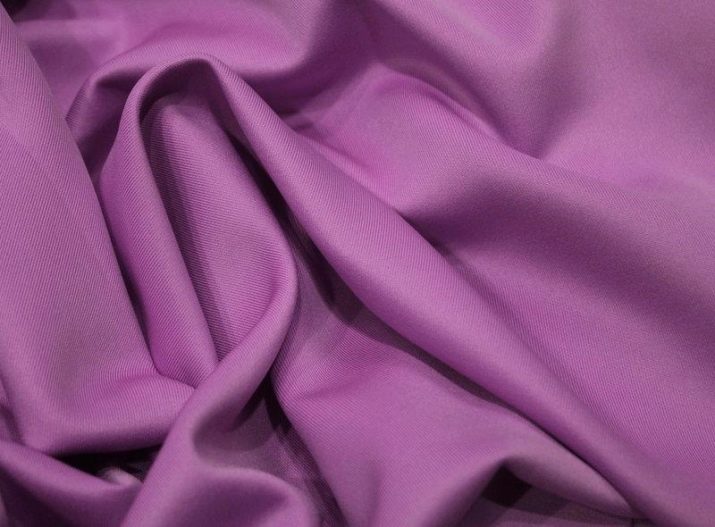
In some cases, a small amount of cotton is added to the composition. This component makes the fabric lighter and improves air circulation.
Most often the "diving" is smooth on both sides... Sometimes a light fleece may be present on the reverse side, but this is a rather rare situation. The fabric shines very beautifully in the sun, so playing sports outdoors in such clothes is a pleasure.This effect is especially pronounced if a suit for water sports is sewn from "diving". The seamy side of the material is warm and pleasant to the touch, it adheres well to the body. The material stretches beautifully. It is completely opaque.
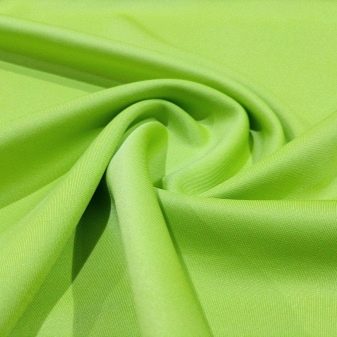
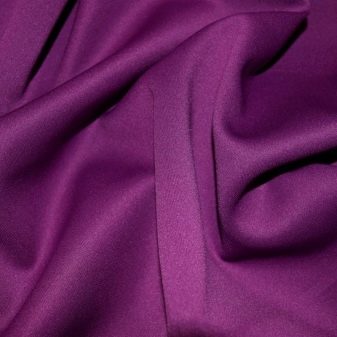
Advantages and disadvantages
"Diving" has a number of advantages, thanks to which it has earned the love of not only athletes, but also ordinary people.
-
Elasticity... The fabric is highly stretchable, so it will be easy and simple to put on a product made of it, even if the skin is damp. When playing sports, you can make any movements, because such material will not tear under any circumstances. This is not easy to do, even if you pull the diving forcefully in different directions.
-
Correction. The material perfectly hides figure flaws. If there is excess weight, the fabric will successfully hide it, since it tightly fits the body and adjusts the proportions of the figure.
-
Water resistance... That is why earlier only diving suits were made from "diving". The material does not allow moisture to pass through at all. Due to the peculiarities of weaving, the fabric repels any water from itself.
-
Wear resistance... Diving is durable. It does not deform, does not stretch over several sizes, does not become covered with pellets. The color stays bright for a long time, even if you wash the item frequently.
-
Rich color palette... On sale there are "diving" in a variety of colors: from classic black to incredibly bright specimens that blind the eyes. In addition, materials vary in density.
-
Easy to sew... "Diving" lends itself well to processing. Sewing from it is easy and pleasant, so even beginners can choose such fabric for themselves.
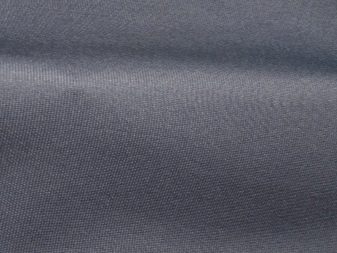
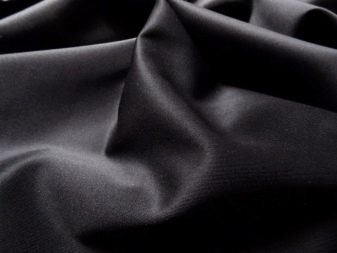
Speaking about the cons of the material, it is worth noting the following points.
-
Reaction to high temperature. "Diving" is extremely poorly tolerated by the effects of heat. It deforms in a matter of seconds from too hot water. Even hot air can do damage.
-
Lack of air circulation. The fabric fits snugly to the body and is almost breathable. In the heat it will be very uncomfortable.
-
Fear of the sun. If the material is constantly exposed to the sun, it will quickly lose its color. Moreover, it will fade with spots.
-
Lack of hypoallergenicity. This tissue can cause allergic reactions. It is not recommended for people with sensitive dermis.
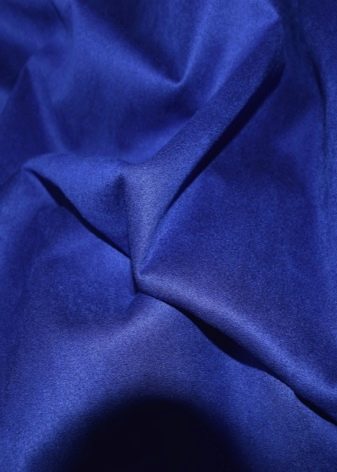

Types of material
There are several types of "diving" on sale today. Let's take a closer look at each of them.
-
Dense... This fabric subtype has modeling properties. It perfectly pulls away everything unnecessary on the body, forms a beautiful silhouette. Dense material perfectly warms, does not let water through itself.
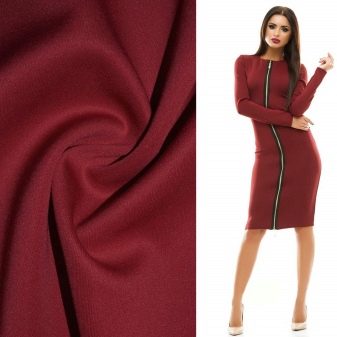
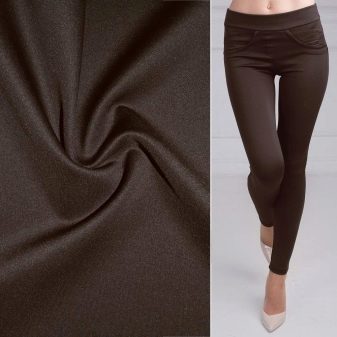
- Fleece... Such "diving" has a fleece from the inside out. This makes the matter very warm. Its purpose is sewing clothing for winter sports.
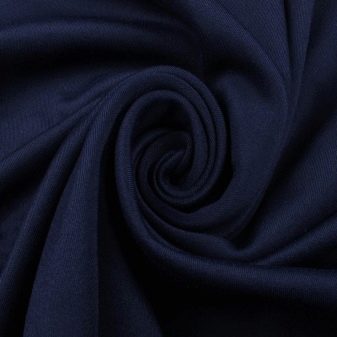
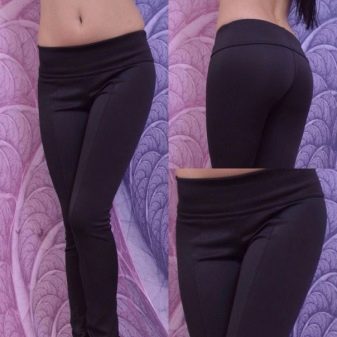
- "Microdiving"... Such a canvas has the smallest thickness. At the same time, it is opaque. Used "micro diving" for making everyday outfits. And also this fabric has a subspecies - "crepe diving". This is also a thin, but denser web, where the fibers are twisted more strongly.
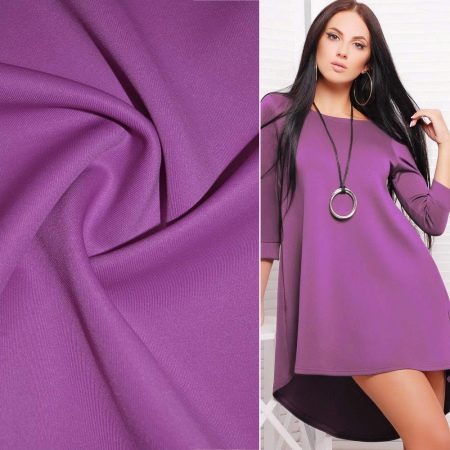
Applications
Diving is widely used today. If we are talking about its dense version, then here the fabric is used for sewing sportswear. So, swimsuits, tight leggings, T-shirts and tops, swimming trunks look very beautiful. All these clothes shape the figure, making the silhouette more attractive. In addition, shaping underwear is sewn from dense "diving", thanks to which you can reduce yourself by a couple of sizes without diets. And, of course, it is worth noting the classic and original use of the material - sewing diving suits.
Due to the peculiarities of the fabric, the diver will feel very comfortable. The fabric will not restrict movement under water, will give scope for action, will not chafe the skin.
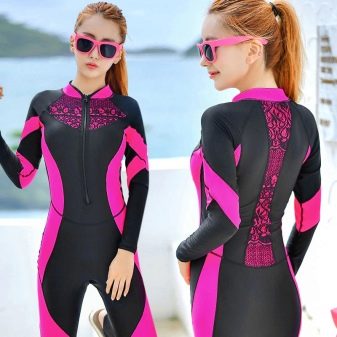
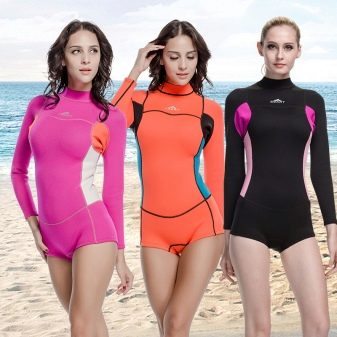
From the finer varieties of "diving", men's and women's casual clothes are sewn. For guys, they sew trousers, suits, beautiful T-shirts and long-sleeved sweaters. For girls - skirts, T-shirts, T-shirts, blouses, trouser suits, leggings and leggings. Even evening dresses made from this material can also be found on sale. Things from "diving" look equally impressive on guys and girls. As jewelry men can pick up silver rings, bracelets and chains, and ladies - costume jewelry, products made of expensive metals, stones.
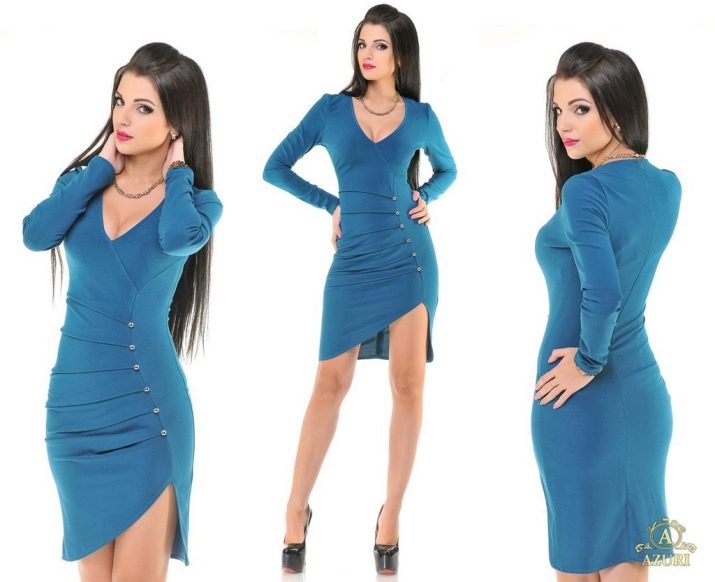
Light hats and belts are perfect for "diving".
Care rules
One of the indisputable advantages of "diving" is complete unpretentiousness in care. There are very few rules to cover.
-
"Diving" lends itself to both hand and machine wash. In both cases, the temperature should be 30 degrees. However, colder water will remove all stains and dirt well.
-
When washing, preference is given to products of a liquid consistency. Powders can leave white marks on elastic material. But it is better not to use bleaches and stain removers. Any dirt can simply be wiped off with your hands, the fibers do not absorb it especially.
-
You can not wring out either with your hands or in a typewriter... Better to just put the item on the bottom of the bathtub or hang it on a hook on the bathroom shelf. The water will drain in a few minutes, and you can take the item to dry.
-
In a warm room, clothes dry in literally 30-40 minutes... But hanging it out in the sun is highly discouraged.
-
Diving has zero crease... After drying, the item will be ready to wear. Ironing is not worth it, this is a bad idea, because the matter is very afraid of heat.
-
It is not difficult to store things from the described fabric. To do this, you just need to carefully fold them and send them to the closet. There is no need to hang it on a hanger.
